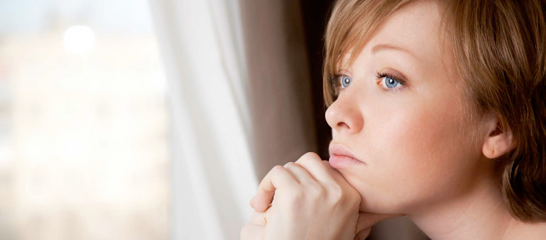




Common Health Problems » Women’s Health


Self-Care / Prevention
To Help Prevent TSS
-
•Practice good hygiene.
-
•Keep wounds clean. See your doctor for signs of an infection (increased redness, swelling, and/or pain; pus; and/or fever).
-
•Change tampons and sanitary pads every 4 to 6 hours or more often. When you can, use sanitary napkins instead of tampons. Alternate tampons with sanitary pads or mini-pads during a menstrual period. Lubricate the tampon applicator with a water-soluble (nongreasy) lubricant, like K-Y Jelly, before you insert it.
-
•Don’t use tampons if you’ve had TSS in the past.
Vaginal infections are the most common reason females in the U.S. see their doctors. Vaginal infections cause vaginitis. This is swelling of the vagina.
Common vaginal infections are bacterial vaginosis (BV), vaginal yeast infections, and sexually transmitted infections STIs. (See information on STIs.)
Signs & Symptoms
For Bacterial Vaginosis (BV)
-
•Nearly half of females with this infection have no symptoms. When present, symptoms include:
-
•A thin, gray, or milky white vaginal discharge. This has a fishy odor. The odor is noticed more after sex.
-
•Mild vaginal irritation or burning.
For Vaginal Yeast Infections
-
•These are also called Monilia, Candida, and fungal infections. Signs and symptoms range from mild to severe. They include:
-
•Thick, white vaginal discharge. This looks like cottage cheese. It may smell like yeast.
-
•Itching, irritation, and redness around the vagina.
-
•Burning and/or pain when passing urine or with sex.
Causes
For Bacterial Vaginosis (BV)
The exact cause is not known. It occurs when a certain bacteria outnumber normal bacteria in the vagina.
For Vaginal Yeast Infections
These result from the overgrowth of the fungus Candida. This is normally present in harmless amounts in the vagina, digestive tract, and mouth.
Risk Factors for Vaginal Yeast Infections
Chronic vaginal yeast infections can be one of the first signs of diabetes, STIs, and HIV.
-
•Hormone changes that come with pregnancy or monthly periods. Taking hormones or birth control pills.
-
•Antibiotic use, especially “broad spectrum” ones. Corticosteroid medicine use.
-
•High blood sugar. This can occur when diabetes is not controlled.
-
•Using douches. Using feminine hygiene sprays.
-
•Using hot tubs or jacuzzis often. Sex that irritates the vagina a lot.

Questions to Ask



Does your skin and/or the whites of your eyes look yellow after you took a prescribed, oral antifungal medicine?

With symptoms of a vaginal yeast infection listed above, do you have any of these conditions?
-
•This is the first time for these symptoms.
-
•An infection was treated, but came back within 2 months.
-
•Diabetes.
-
•Symptoms don’t improve after using self-care measures for 3 days.
-
•Symptoms worsen or continue 1 week or longer after using self-care.
Treatment


Do you have signs and symptoms of bacterial vaginosis listed above?

Different vaginal infections have the same symptoms. This makes it hard to tell one from another. A doctor may need to diagnose the cause. A sample of vaginal fluid is taken and tested. Often, this takes less than 3 minutes.
For Bacterial Vaginosis
-
•Prescribed antibiotic creams, gels, or pills are needed. The male sex partner(s) may also need treatment.
-
•Not using products that mask vaginal odor, such as feminine hygiene sprays.
-
•Over-the-counter (OTC) medications, such as ones for vaginal yeast infections, do not treat BV.
For Vaginal Yeast Infections
-
•Prescribed or OTC antifungal vaginal creams or suppositories. These get rid of the Candida overgrowth.
-
•Oral medicines, such as Diflucan, may be prescribed.




Resources




2012 © All Rights Reserved - American Institute for Preventive Medicine | Disclaimer | Phone: 800.345.2476 | www.HealthyLife.com


